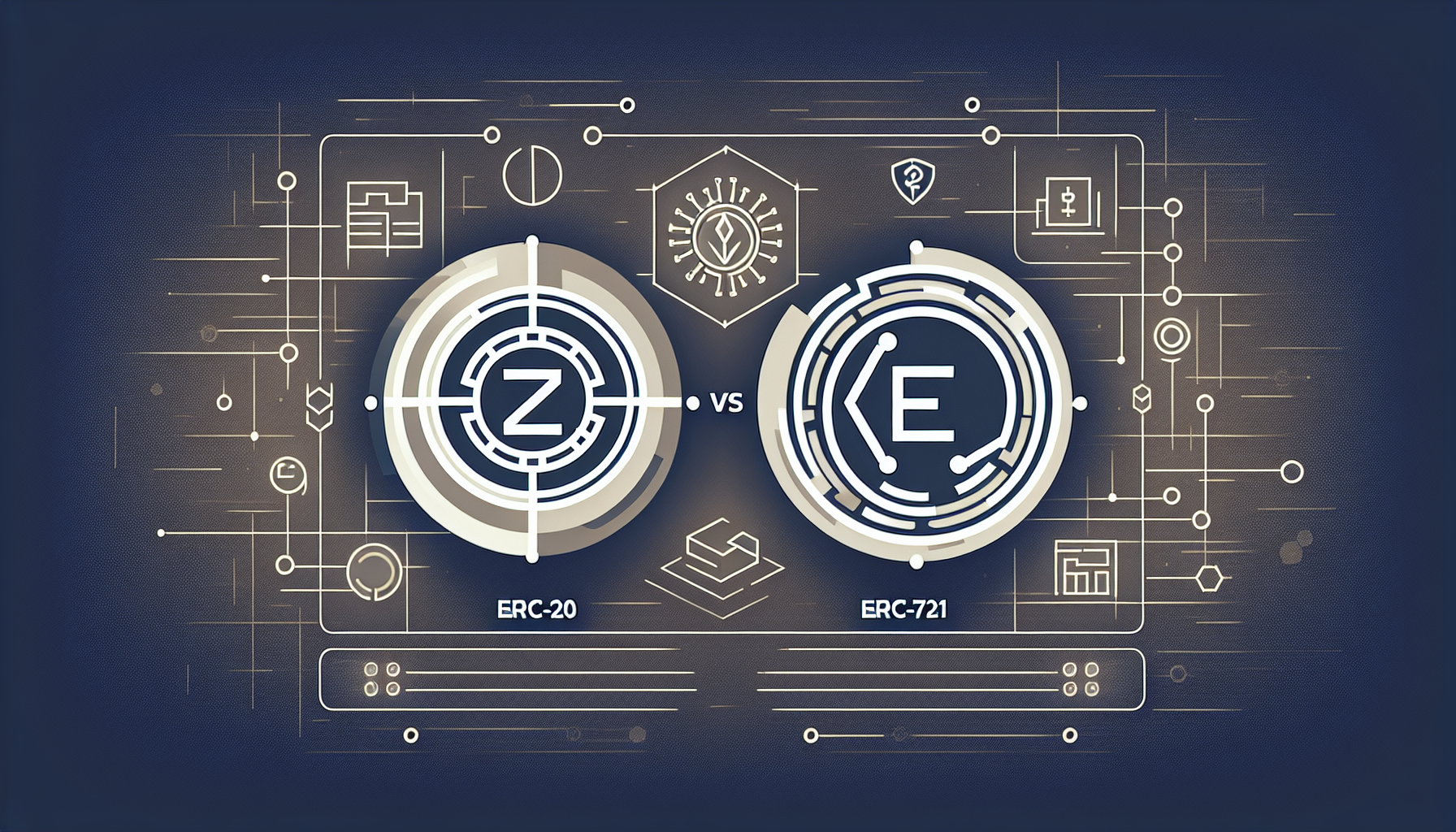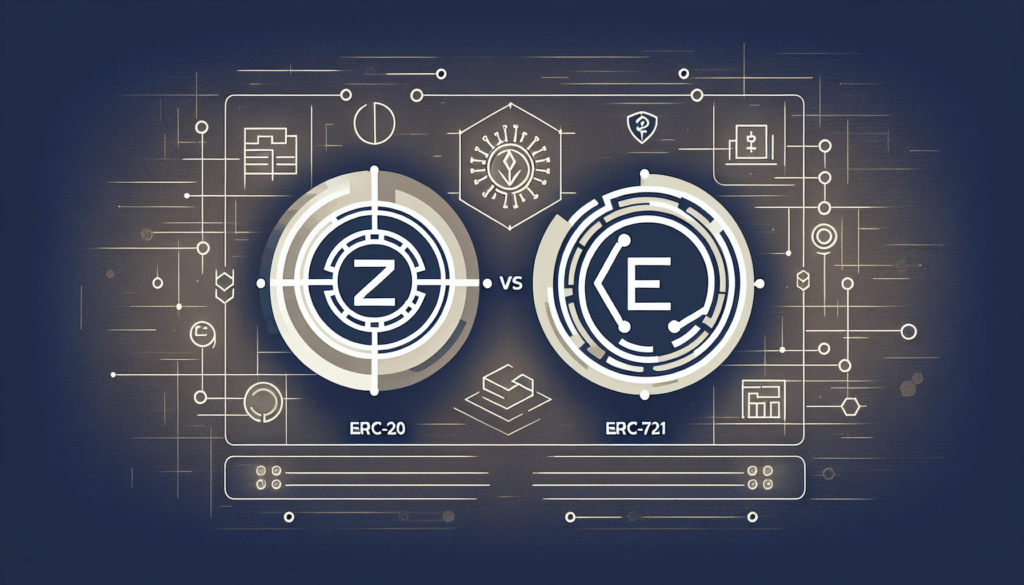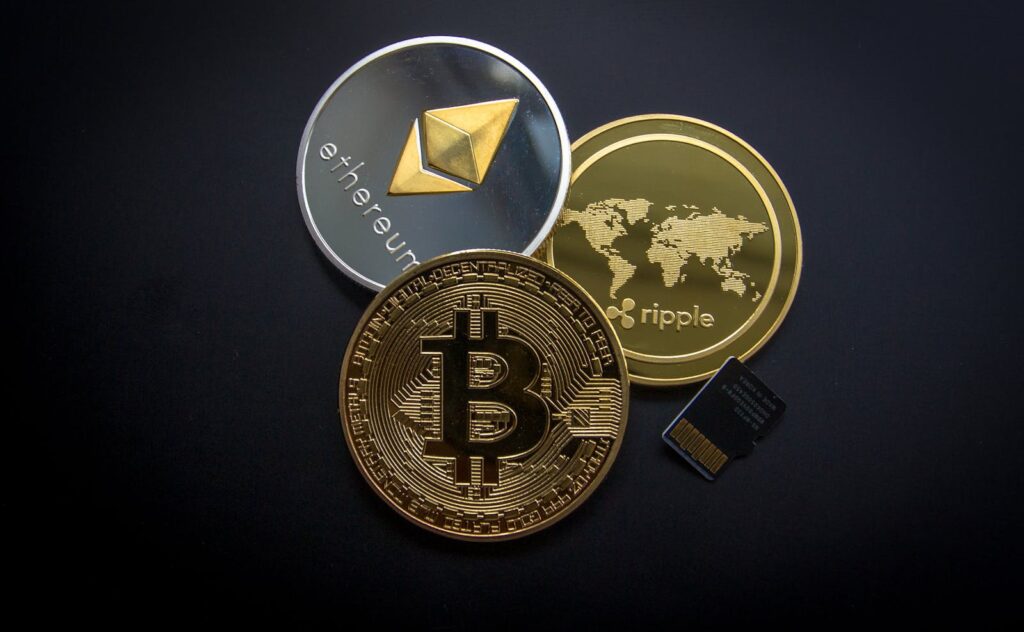ERC-20 vs ERC-721 Token Standards: Key Differences Explained
Introduction
Did you know that over 80% of Ethereum-based tokens still use the ERC-20 standard? But when you hear about million-dollar NFT sales, those are powered by ERC-721. If you’ve ever wondered “What’s the real difference between these token standards?”, you’re not alone. Let’s break it down like explaining grocery coupons (ERC-20) versus concert tickets (ERC-721) to your neighbor.
What Are Token Standards?
Think of token standards as blueprints for blockchain tokens. They define rules like:
- How tokens get transferred
- How to check balances
- Whether tokens are interchangeable
Ethereum created these standards to make developers’ lives easier. No need to reinvent the wheel!

ERC-20: The Dollar Bills of Crypto
ERC-20 tokens are fungible – meaning each token is identical, just like dollar bills. Most utility tokens and stablecoins use this standard. Key features:
- Used for payments and utility (e.g., USDT, UNI)
- Simple to create – over 500,000 exist today
- Works with every crypto wallet
Example: Sending 10 ABC tokens to a friend – it doesn’t matter which specific ABC tokens they receive.
ERC-721: The Digital Collectibles
ERC-721 tokens are non-fungible (NFTs) – each is unique like a painting. The “2025 NFT market boom” we’re seeing? All powered by this. Characteristics:
- Proves ownership of unique items (art, virtual land)
- Contains metadata making each token distinct
- More complex to develop than ERC-20
Example: That Bored Ape NFT selling for $200K? Its specific traits make it one-of-a-kind.
Technical Head-to-Head
| Feature | ERC-20 | ERC-721 |
|---|---|---|
| Interchangeability | Yes | No |
| Transaction Speed | Faster | Slower |
| Smart Contract Complexity | Simple | Advanced |
According to Chainalysis 2025 data, ERC-20 tokens still dominate daily transactions (73% share), but ERC-721 leads in total value transferred ($28B monthly).
Which Should You Use?
Choose ERC-20 if:
- Creating a payment token or reward system
- Need compatibility with exchanges/wallets
- Want lower gas fees
Choose ERC-721 if:
- Issuing digital collectibles or certificates
- Require proof of unique ownership
- Building in the “how to invest in NFTs 2025” space
Pro tip: For “secure crypto storage” of either type, hardware wallets like Ledger support both standards.
Future Trends
The Singapore blockchain ecosystem report shows hybrid standards (like ERC-1155) gaining traction. But for now:
- ERC-20 remains king for DeFi applications
- ERC-721 drives the creator economy
- New standards may emerge for “tokenized real-world assets”
Conclusion
Whether you’re trading meme coins (ERC-20) or rare digital art (ERC-721), understanding these standards helps navigate Ethereum’s token ecosystem. Bookmark this guide for your next crypto project!
Ready to dive deeper? Check out our Ethereum wallet security guide and NFT investment checklist.
Disclaimer: This content is educational only. Consult financial advisors before making investment decisions.
cryptosaviours
Dr. Alan Turington
Published 18 papers on blockchain interoperability
Lead auditor for the Ethereum Foundation’s standardization initiative


